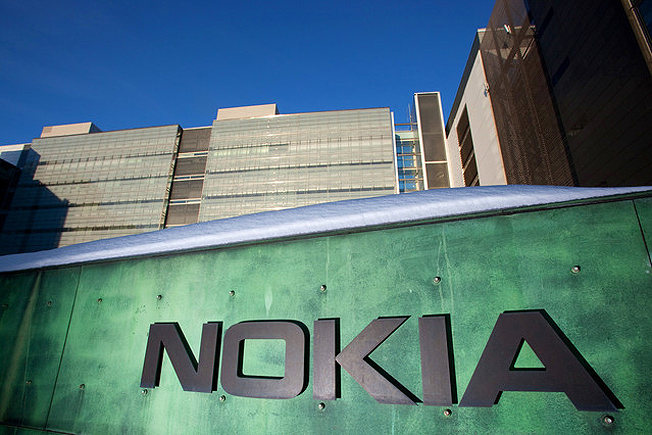Huawei, which recently became the No.3 smartphone brand in the world, may be considering a Nokia acquisition. Wall Street reacted violently, prompting an 8% spike in Nokia’s share price. This speculation is part of an annual summertime ritual. In July, we’ll get the rumor about Lenovo buying Nokia and in August, some British brokerage will speculate about Cisco executives flying to Helsinki. However, there is a very specific problem with the idea of any of these companies buying Nokia right now.
All of them might be interested in buying a smartphone vendor. But Nokia is not a smartphone company. It’s still a feature phone company.
In the latest quarter, Nokia’s feature phone volume totaled 56 million units and smartphone shipments stood at 6 million units. On the revenue front, feature phones outpaced smartphones by 1.6 billion euros vs. 1.2 billion euros.
But even that is not the biggest obstacle for a possible acquisition. Here is the problem: year-on-year, feature phone revenue declined by -31% in the March quarter… while smartphone revenue declined by -32%. Nokia’s transition from a feature phone company to a smartphone company is hard to map out at the moment.
Here is one way to put the forecasting challenge in perspective. In both Q2 2012 and Q3 2012, Nokia delivered sequential growth in feature phone sales of 3 million units per quarter. This shocked Wall Street and the handset industry, because nearly everyone had expected sequential declines. The best research houses in the business, including the legendary GfK, were blindsided by the Indian Summer had by Nokia’s feature phone business. But as soon as experts had revised their growth expectations upwards, the trend reversed. Christmas-quarter feature phone shipments missed expectations and in Q1 2013, Nokia delivered a stunning 24 million-unit sequential decline.
There are reasons for the wild swings in Nokia’s feature phone business. Most of them have to do with the competitiveness of its Asha devices against low-end Android rivals in Africa and Asia. But the upshot is that nobody really saw the scale of Nokia’s shocking feature phone performance last summer — or the underperformance over the winter.
Nokia missed the feature phone volume estimates issued by many analysts by 10 million units in Q1 2013. This is a company that is still selling more than 55 million feature phones per quarter. Is that going to drop to 50 million units by Q1 2014? Or 40 million? Or 30 million? Right now, nobody knows.
The industry experts have demonstrated they are out to lunch when it comes to the weird fluctuations in feature phone demand over the past year. But this is an issue of great importance for Nokia’s profitability and its ability to maintain scale and presence in emerging markets. The slow decline of feature phone sales would enable Nokia to transition relatively painlessly into being a smartphone vendor; a sharp plunge could trigger a massive cash burn.
No company is going to buy Nokia until people get a better grasp on whether the sudden deterioration of its feature phone division this past winter was an anomaly or a sign of accelerating decay.




